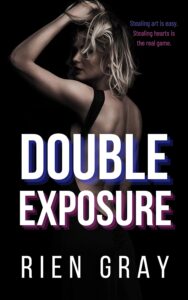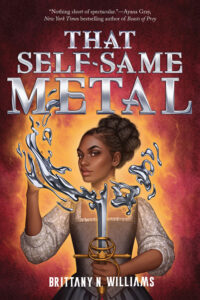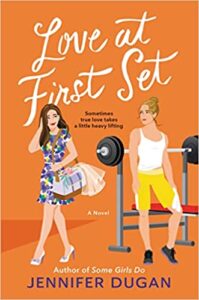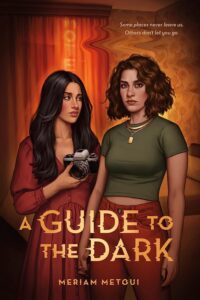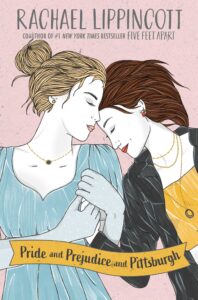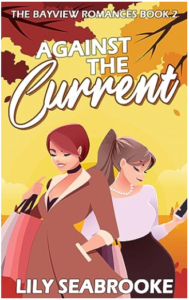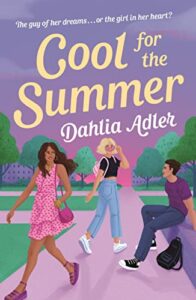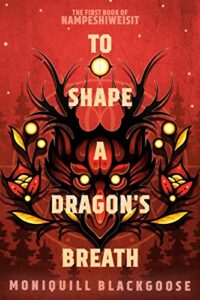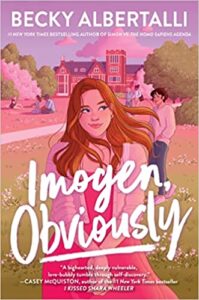Note: While I’ve avoided major plot spoilers, this review is relatively detailed regarding the character arcs and themes.
Fittingly enough, I’ve been exposed to Double Exposure by Rien Gray twice. The first time was through the Happily Ever After Collective, which releases monthly romance novellas from a variety of authors. Last year, Double Exposure released to patrons along with other second chance romances, and I thoroughly enjoyed it. I’m delighted to have my own print copy of this book due to its recent wide release.
Double Exposure is a romantic suspense novella about a pair of rival art thieves, Jillian Rhodes and Sloane Caffrey, who are hired to steal the same target—a never-before-seen collection of infamously scandalous photos. Ever since a steamy encounter gone awry, they have been at each other’s throats from a distance, but competing to pull off a heist at the Art Institute of Chicago brings the tension between them up close and personal. The stakes rise as they realize a larger game may be afoot—if they can overcome their own drama to uncover it.
Jillian’s client is the son of the late photographer whose scandalous affair is depicted in the photos. For the client, retrieving them before the exhibit opens is a matter of his family’s honor. For Jillian, it is a matter of bragging rights. Sloane is just as determined to prove they’re the best by stealing the photos for a greedy baron. Though they loathe him, they’re happy to take a large sum of his money in exchange for a successful heist.
While the thieves are equals in ambition and ability, their approaches and backgrounds couldn’t be more different. As a charismatic con artist born into a rich family, Sloane steals to redistribute the wealth and return pieces stolen by colonizers. Meanwhile, the ever-pragmatic Jillian prefers stealth to small talk. She grew up with next to nothing and survived alone at a young age, so she still prioritizes self-preservation and independence. For all their differences, each acknowledges the other as their only worthy rival. What they lack is trust. After a messy misunderstanding left them brokenhearted, they have spent years sabotaging each other, turning to vengeance rather than risking reaching out. They’ve isolated themselves by placing each other on pedestals, untouchable, when they both yearn to be with the one person who might understand them.
Their second chance at love echoes a second chance at life, as the characters have already remade themselves. After traumatic childhoods, they cut ties with their families and built up their careers. Jillian has fought to claim the freedom, security, and access she once lacked, while Sloane strives to heal the damage of their family’s harmful legacy. Each of them attempts to take charge of their own futures and change the world around them. Double Exposure is interested in the different ways that people wield power, and what happens when that balance shifts, whether the power stems from perception, money and status, or institutions. This is mirrored in the ways that Sloane and Jillian, as exes and rivals, are constantly trying to one-up each other. Neither is used to the vulnerability that comes from a willful give-and-take, and they have already been burned by their last attempt to open up to each other.
If you’re interested in romance that doesn’t follow the traditional formula, a second chance romance novella offers a unique opportunity. Because the two have already met, tried to be together, and broken up, this book reads almost like a more developed third act of a traditional romance novel. It explores the already established barriers between the two and challenges them to overcome those barriers. Meanwhile, they have a heist to worry about, as well as threats they aren’t even aware of.
Double Exposure effectively maintains its gripping suspense. The prose is precise, with each word and detail carefully chosen and arranged. The writing itself feels confident in a way that sells the characters’ competence. It leans hard into the satisfaction of watching masters at work, as both Sloane and Jillian approach the heist fully aware they are at the top of their field, with plenty of specialized knowledge woven into the narration to demonstrate it.
For me, the most memorable aspect is the characters. I was especially drawn to Sloane due to their charm, cunning, and life’s mission. Being nonbinary, Sloane is keenly aware that their gender presentation affects how people perceive them, and they must keep this in mind as they take their more public, sociable approach to their work. This blog’s readers may also be glad to know that Jillian is bisexual and a side character is a lesbian.
If mutual pining, cutthroat competition, and intoxicating intensity appeal to you, then give this book a chance to break and mend your heart.
Content notes drawn from the book: In addition to explicit sex between consenting adults, this book contains “brief references to societal transphobia, historical anti-Black racism in Chicago, class discrimination, and exploitation of the opioid epidemic, as well as one incident of gun violence.”
Emory Rose is a lover of the written word, especially all things whimsical, fantastical, and romantic. They regularly participate in National Novel Writing Month as well as NYC Midnight’s fiction writing challenges. They are fueled by sapphic novellas and chocolate.

